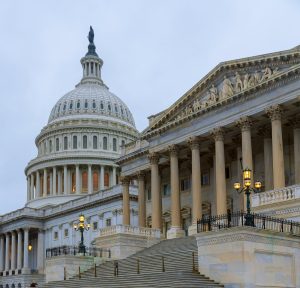The Digital Divide in the US
The United States has long grappled with the digital divide, a chasm that leaves many communities without reliable internet access. In response, states have set ambitious targets to achieve universal broadband access by 2030. However, recent federal policy changes are introducing complexities that could impede these objectives. This article examines how new federal guidelines are influencing state-level broadband initiatives and the pursuit of digital equity.
BEAD
The Broadband Equity, Access, and Deployment (BEAD) program, established under the Biden administration, allocated $42.45 billion to expand fiber-optic internet in underserved areas. However, the current administration is reassessing this initiative. Commerce Department Secretary Howard Lutnick has criticized the program’s mandates and technological preferences, signaling a potential shift toward other technologies such as satellite and fixed-wireless. This shift raises concerns about increased costs and the suitability of other technologies for specific regions.
States have proactively aligned their broadband strategies with federal standards to secure funding and support. For instance, Michigan’s High-Speed Internet Office launched applications for the BEAD Program, aiming to enhance infrastructure across the state with a $1.559 billion federal allocation. However, the potential redirection of funds and changes in federal priorities may disrupt these plans, leading to delays and financial uncertainties.
Moreover, states like New York face challenges related to overbuilding—investing in areas that already have adequate service—due to misaligned federal and state objectives. Such missteps divert resources from genuinely underserved regions, complicating efforts to close the digital divide.
Digital Equity Planning and Implementation
The National Telecommunications and Information Administration (NTIA) has provided guidance to states for developing Digital Equity Plans, emphasizing the importance of collaboration and stakeholder engagement. While these guidelines aim to standardize efforts, the evolving federal landscape necessitates that states remain adaptable. The introduction of new federal priorities may require states to revise their plans, potentially hindering progress toward the 2030 goals.
Beyond funding realignments, states face additional obstacles, including permitting delays and regulatory compliance issues. These challenges can slow the deployment of infrastructure, even when financial resources are available. Addressing these barriers is crucial to ensure that federal investments translate into tangible improvements in broadband access.
The recent federal policy changes introduce significant challenges to states’ efforts to achieve universal broadband access by 2030. To navigate this evolving landscape, states must engage in continuous dialogue with federal agencies, advocate for policies that reflect their unique needs, and explore diverse technological solutions. By fostering collaboration and remaining adaptable, states can work toward closing the digital divide and ensuring equitable internet access for all communities.



